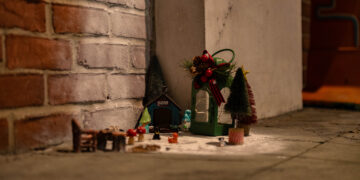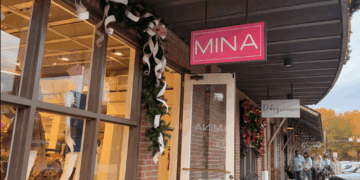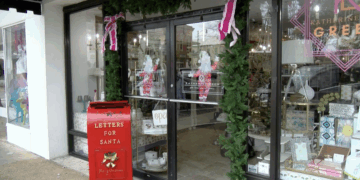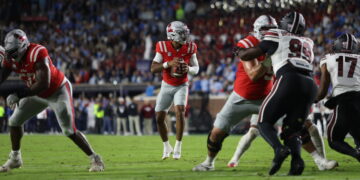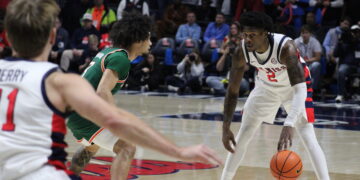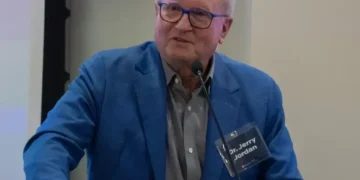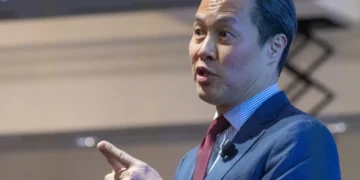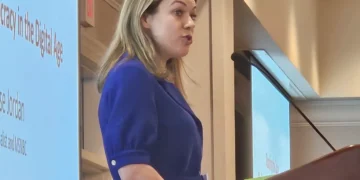Since the state Institutions of Higher Learning (IHL) Board of Trustees approved the university’s request to relocate the Confederate monument, members of the university community have spoken out against certain details of the plan, including the addition of headstones to the cemetery and the creation of a memorial for the U.S. Black Troops from Lafayette County that fought for the Union Army.
Chancellor Glenn Boyce has pointed to recommendations that were issued by the Chancellor’s Advisory Committee on History and Context (CACHC) on June 16, 2017, in an effort to explain these details. Now, the original members of the committee have issued a statement for release through The Daily Mississippian to clarify their involvement with the university’s plan for Confederate monument relocation.
See the full statement below:
To Chancellor Boyce and the University of Mississippi,
In 2017, Chancellor Vitter released the final report of the Chancellor’s Advisory Committee on History and Context (CACHC), which included recommendation B.2, regarding the Confederate Dead in the University’s Cemetery and the U.S. Colored Troops from Lafayette County (attached as an appendix to this letter). In an email to the campus community on June 22, 2020, Chancellor Boyce invoked this recommendation as a way of explaining why the placement of headstones in the university’s cemetery was added to the university’s just released plans related to the relocation of the Confederate monument on campus. We seek to clarify the work of the CACHC and our position on recent developments.
Before we discuss the processes the CACHC employed in its work more broadly and the particular recommendation we made in B.2, a word on what the CACHC did not do. We did not tie our work in any way whatsoever to the Confederate monument or its relocation. The CACHC was explicitly told, in its August 16, 2016 official charge from Chancellor Vitter, that “the work on the Confederate Statue is now complete.” Vitter here referred to the placement of a contextualization plaque in front of the Confederate monument in the spring of 2016, before the CACHC was convened. We were, in short, instructed not to make any recommendations concerning the Confederate monument. As a result, any recommendations we did make were in no way linked to the Confederate monument. Moreover, because widespread demands on campus for its relocation — to the University’s cemetery or anywhere else — were not made until spring 2019, more than 18 months after the CACHC had been dissolved, our work was not designed to be tethered to any relocation plans.
As we turn our attention to describing the work of the CACHC, it’s important to note that we developed clear guidelines for our committee in terms of process. These included, 1) To follow best practices as they relate to racial reconciliation and creating a more inclusive campus environment for all students, employees, alumni and visitors; 2) To follow best practices and policies as they relate to public history at a public institution, which includes transparency and accountability to the public in our decisions and recommendations. We are beholden to the students, alumni, employees and the broader community that supports us, and we invited broad participation from all these groups; 3) To follow best practices as they relate to academic institutions, including following the highest standards of research and professional academic work. We invited expertise from both students and research faculty in this process and we decided to use the standard developed at Yale University for how to make decisions about changing or renaming campus buildings and spaces. In many respects, all three of these principles appear to have been disregarded in the process leading to the university’s recently released plans to add headstones to the Confederate cemetery on campus.
With respect to recommendation B.2, specifically, two important points deserve elaboration. First, this recommendation centered on promoting “reconciliation and healing” and inspiring “historical curiosity, inquiry and reflection among the university’s many constituencies.” To that end, we were explicit about the fact that the implementation of any effort to move forward with headstones should “involve students, faculty and community members researching and working together.” In violation of our recommendation, the campus community was never officially informed of Chancellor Vitter’s intention to move forward with this recommendation—he did not accept this recommendation when he officially responded to the final report. Instead, he called for additional public input on all recommendations in section B of the report “prior to taking any action.” But no email was ever sent to the campus community informing them that he or his successors had, in fact, adopted recommendation B.2. Of the many constituencies we insisted should be part of implementing this recommendation, moreover, no students — undergraduate or graduate — were ever included. Indeed, very few individuals on or off campus were ever made aware of the existence of a Work Group for the Cemetery Headstone Project, and fewer still participated.
Furthermore, in making recommendation B.2, the committee clarified that the contextualization of the cemetery would occur in partnership with the National Cemetery Administration (NCA), who “could provide the markers (for both known and unknown soldiers) at no cost to the University.” The NCA has strict guidelines about the kind of documentation it requires when requests for headstones are made. We knew that following these guidelines would ensure that any headstones placed in the cemetery would accurately represent the placement as well as the identities, when known, of the dead at that location. In short, a partnership with the NCA was essential to our recommendation. It is currently unclear whether the University has been or will be able to furnish the evidence required by NCA in order to obtain NCA headstones in accordance with federal guidelines and best practices. To move forward without approval of the NCA would be a serious breach of public accountability and trust and would put our reputation as an academic institution that should model best research and public history practices at risk.
To utilize the work of the CACHC without consulting all the original members of the CACHC, the University’s stakeholders, including current students and student leaders, and to proceed without the sanction of the National Cemetery Administration violates the spirit and the letter of the work done by the CACHC. As Chancellor Vitter remarked upon the unveiling of the contextualization plaques we drafted, the CACHC represented an effort to commit to “honest and open dialogue about our history… informed by expertise and conducted with respectful candor.” These are the principles we embraced in our work, and believe must be upheld in any attempt to implement our recommendations.
Sincerely,
Dr. Donald Cole, Co-Chair, Chancellor’s Advisory Committee on History and Context
Rose Jackson Flenorl, Co-Chair, Chancellor’s Advisory Committee on History and Context
Dr. Jeffrey T. Jackson
Austin Powell
Dr. Charles K. Ross
Dr. Jennifer A. Stollman
Dr. Anne Twitty
Dr. Jay Watson
There were fourteen original members of the Chancellor’s Advisory Committee on History and Context. Since we completed our report, two members, David Sansing and John Neff, have passed away.

